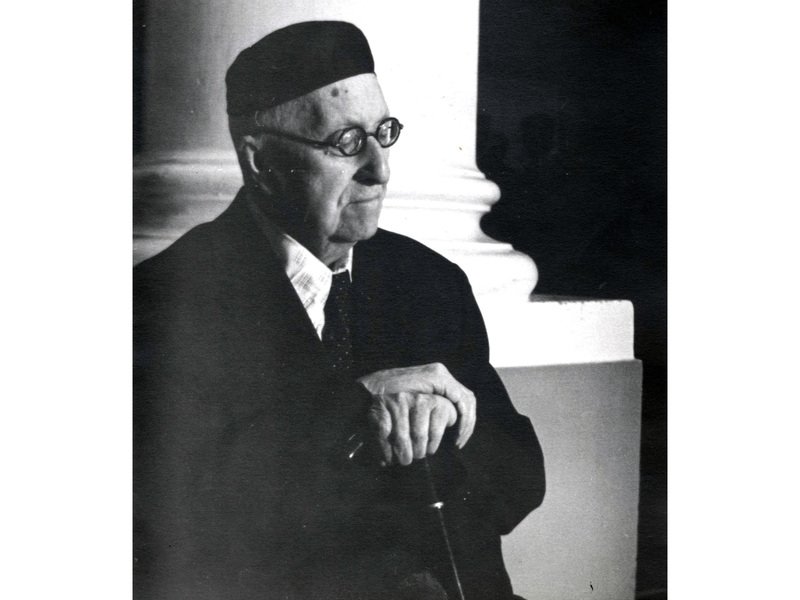К началу 20-х годов он уже профессор Московской консерватории и действительный член Государственной Академии Художественных Наук. Но в 1930 году, после выхода книги «Диалектика мифа», последнего образца немарксистской философии в Советском Союзе, последовали арест, лагерь, запрет заниматься философией и почти 20 лет вынужденного молчания. Лишь с 1953 года его работы стали вновь появляться в печати. В трудах Алексея Фёдоровича Лосева синтезируются философия и филология, эстетика и мифология, богословие и теория символических форм, философия художественных стилей, музыка, математика, астрономия и многое другое. Профессор Семён Людвигович Франк, находясь в эмиграции и познакомившись с первыми книгами Лосева, так говорил о нём: «Своими книгами автор, несомненно, сразу выдвинулся в ряд первых русских философов и засвидетельствовал, что внутри России жив дух истинного философского творчества, пафос чистой мысли, который сам есть в свою очередь свидетельство духовной жизни, духовного горения». Алексей Фёдорович мог с полным правом писать в «Истории эстетических учений», что он не чувствует себя «ни идеалистом, ни материалистом, ни платоником, ни кантианцем, ни гуссерлианцем, ни рационалистом, ни мистиком, ни голым диалектиком, ни метафизиком». «Если уж обязательно нужен какой-то ярлык и вывеска, то я, к сожалению, могу сказать только одно: я — Лосев». Этими словами философ подтвердил цельность своей мысли и жизни, свою абсолютную индивидуальность.














.jpg&w=1920&q=75)









































.JPG&w=1920&q=75)

.jpg&w=1920&q=75)




.jpg&w=1920&q=75)







